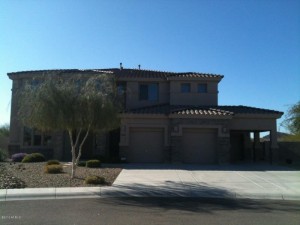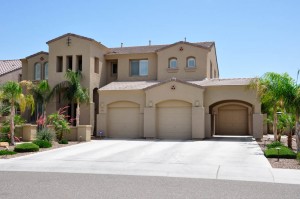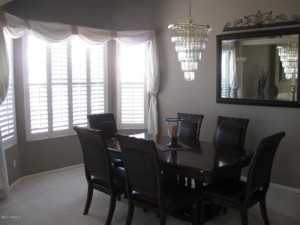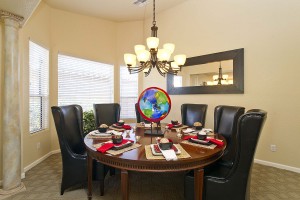
Looking to buy a home in Scottsdale? Browse the most up to date listings for all homes for sale in Scottsdale. This home search is updated daily for the most current information.
As of 2010, the population of Scottsdale, AZ is about 250,000 and the New York Times has described downtown Scottsdale as “a desert version of Miami’s South Beach” having “plenty of late night partying and a buzzing hotel scene”. Scottsdale is bordered to the west by Phoenix and Paradise Valley, to the north by Carefree, to the south by Tempe, and to the east by Fountain Hills.
In 1937, internationally renowned architect Frank Lloyd Wright set up his “winter camp” at the foot of the McDowell Mountains, establishing what is now known as Taliesin West. Scottsdale and the rest of Phoenix have seen an everlasting influence from Frank Lloyd Wright. Many buildings throughout the region were designed by the famous architect.
To the dismay of many businesses, the city passed one of the earliest sign ordinances, restricting the size and height of signs and billboards. The city stated it was protecting the safety of its residents, which it claimed were getting into traffic accidents craning their necks to see higher signs. The ordinance was highly controversial at the time and the city was taken to the U.S. Supreme Court, but now such ordinances are common. The city also developed the first robot arm garbage truck, replacing crews who dumped cans into a train of open trailers pulled by a truck, with a single operator sitting in an air conditioned cab.
Scottsdale is commonly defined by its high quality of life, and in 1993 was named the “Most Livable City”. This title is notoriously lampooned across the state because of the high cost of living in Scottsdale. It is continually ranked as one of the premier golf and resort destinations in the world, with a sizable portion of tax revenue being derived from tourism.
South Scottsdale has for many years been the working class region of Scottsdale, although today it is gentrifying. It contains the major nightlife for the area and is a major art center of metro Phoenix.
Old Town Scottsdale is an area with many streets, old fashion stores, restaurants, bars, nightclubs, and western art galleries evoking the old cowboy era. Scottsdale’s main cultural district is also in this area, which includes the high-end Scottsdale Fashion Square Mall, one of the twenty largest malls in the United States.
The Shea Corridor is so named because it is in close proximity to the east-west running Shea Boulevard. The homes in this region were generally built during the 1970s. Real estate in the Shea Corridor (Central Scottsdale) has increased during the 1990s, and overall, the Phoenix-Mesa-Scottsdale real estate market saw the largest gain in home prices in the nation during the mid-2000s, with a 38.4% increase in value.
North Scottsdale is currently the most actively developed area of Scottsdale as it was historically the least built up. This portion of the city also claims many of the most expensive homes in the country, with many exceeding $5 million in value. Much of the residential boom in North Scottsdale is driven by the fast growth of Scottsdale Airpark, the second largest employment center in the Phoenix metropolitan area. Many important companies are headquartered or have regional headquarters in the park, including AXA, GE Capital, DHL, Discount Tire Company, Fidelity Investments, JDA Software and The Vanguard Group.
The tourism industry is Scottsdale’s primary employer, accounting for 39% of the city’s workforce. In 2005, Scottsdale attracted over 7.5 million visitors to the city, providing an economic impact of over $3.1 billion. The city of Scottsdale is second only to New York City as having more AAA Five-Diamond hotels and resorts than any other city in the United States.
The region’s year-round warm weather and abundant sunshine is a major factor in Scottsdale’s tourism appeal, in particular during the winter season when thousands of wealthy tourists from the midwest, northeast and Canada flood the area with long-term visits (known locally as “snowbirds”). These tourists, who often practice the same migration routine annually, also often end up purchasing second homes in the area.
For more information about Scottsdale, AZ please visit Wikipedia.


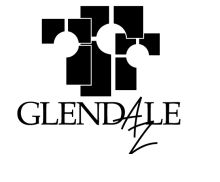
 The following photography tips are primarily geared for an SLR (single lens reflective) camera, though most of these settings can also be controlled with compact cameras. If you are curious about an SLR camera, you can find a good entry-level one for about $500, including the lens. It is best to refer to your owner’s manual to see how to adjust these settings, which will likely change with every environment. Trial and error is the best way to learn what looks good and how to remember to change the settings.
The following photography tips are primarily geared for an SLR (single lens reflective) camera, though most of these settings can also be controlled with compact cameras. If you are curious about an SLR camera, you can find a good entry-level one for about $500, including the lens. It is best to refer to your owner’s manual to see how to adjust these settings, which will likely change with every environment. Trial and error is the best way to learn what looks good and how to remember to change the settings.